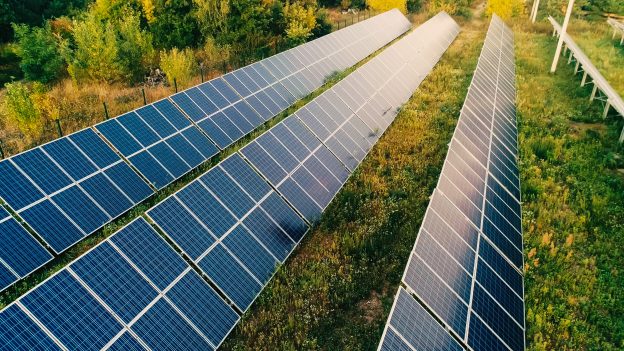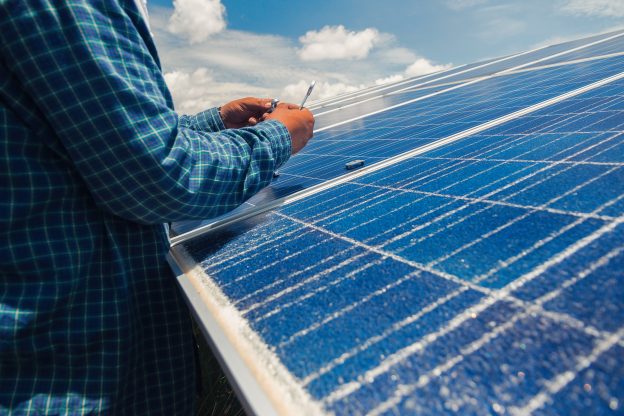Polysilicon
Inventory:
Industry-wide polysilicon inventories remain above 420,000 tons, with further accumulation likely in the near term. This is mainly because crystal-pulling (ingot) companies still hold high polysilicon inventories and maintain a strong wait-and-see attitude. In conclusion, ingot manufacturers are making purchases only as needed.
Supply:
Operating rates across the polysilicon sector show mixed movements. Hongshi Haidong has achieved full production on its single line; Tongwei’s Baotou plant is under maintenance, while its Baoshan (Yunnan) facility is gradually lowering utilization, and the Leshan base is preparing for reductions. The operating rate of GCL's Leshan bases has slightly declined; Xinte Energy’s Zhundong plant continues to ramp up; CSG Qinghai has limited output; Xinjiang Jingnuo is running stably; East Hope in Ningxia’s new project maintains trial production on select reactors; GEENSI in Xinjiang remains under maintenance; and Lihao Qinghai is ramping up production.
Price Trend:
In November, the polysilicon market is expected to face a “dual weakness” scenario of falling supply and softening market demand. Despite potential support from anti-price-war (“anti-involution”) policies, high inventory pressure persists, and major producers’ resolve in holding the prices has slightly weakened. From a supply-demand perspective, there is limited upward momentum for polysilicon prices, and attention should be paid to whether potential state stockpile purchases can lift market sentiment.
Wafers
Inventory:
Current wafer inventory remains above 20 GW, with widespread expectations of price declines. Cell makers are reducing their procurement, and thus specialized wafer producers continue to build stock.
By size, 210RN wafers are under sustained inventory pressure, while 183N and 210N wafer formats are relatively balanced in supply and demand.
Price Trend:
The overall transaction price for wafers slipped this week. Leading integrated manufacturers attempted to stabilize prices, but lower-tier producers saw an increase in low-priced orders.
Looking ahead to November, demand from both cell and module segments is expected to weaken, and integrated ingot plants are unlikely to reduce utilization rates. This will exacerbate the sales pressure on specialized wafer manufacturers and increase overall supply pressure.
Wafer prices thus face downside risks, though the stable polysilicon prices will continue to provide cost support. Coupled with policy intervention against irrational price competition, the downward room for wafer prices should remain limited. The market broadly expects that wafer producers may implement production cuts next month to stabilize prices.
Cells
Inventory:
Cell inventories currently stand at around 5 to 7 days, with the divergence continuing in cell sizes. 210RN cells still dominate stock, while 183N cells inventories are rising amid a drop in Indian demand. In contrast, 210N demand remains relatively healthy, keeping inventory pressure low.
Price Outlook:
With market demand weakening through November, cell makers will remain under pricing pressure from module manufacturers, facing continued downside risks. By format, as centralized solar PV projects in northern China approach completion, 210N cell’s price premium is expected to narrow, with growing risk of decline. 183N cell prices may keep falling due to reduced overseas demand, while 210RN—with balanced supply and demand—will likely maintain stable prices.
Solar PV Modules
As the winter off-season sets in, both domestic and overseas installation demand are showing downward trends.
In the short term, market demand continues to rely on domestic centralized solar PV projects, with 210-format modules maintaining strong orders expected to last into mid-to-late November. Module inventories remain low, and prices are relatively firm.
However, as projects in northern region deliveries wind down, module makers will soon face production cuts and price reduction pressure from downstream buyers. The 210-format modules will likely see sharp demand contraction and price declines, while conventional modules remain priced around RMB 0.65–0.68/W, though shipments are increasingly difficult.
Overall:
Market demand for modules is showing a clear weakening trend, with module makers lacking sufficient backlog orders. The entire PV value chain is therefore under growing price pressure.







